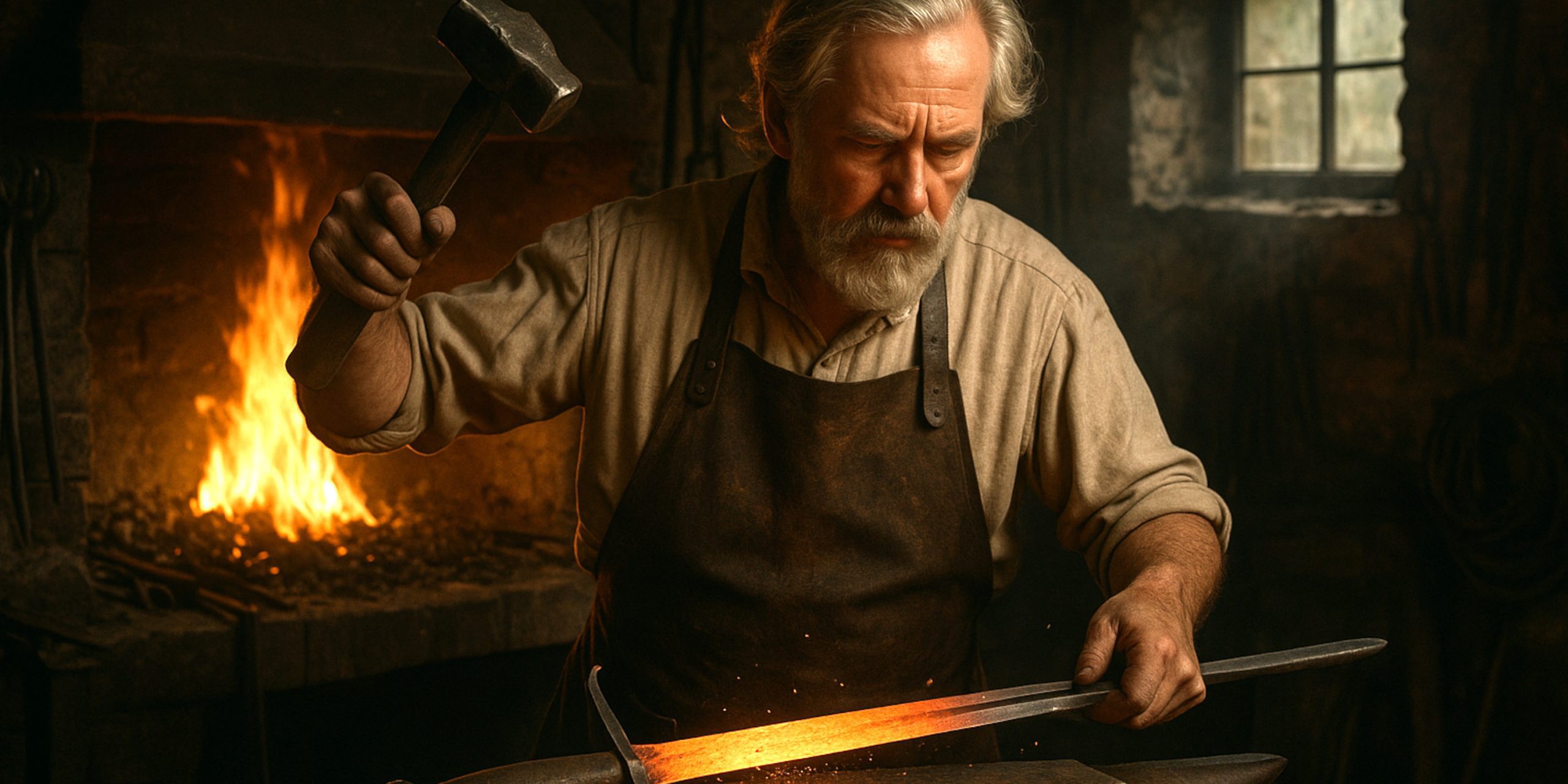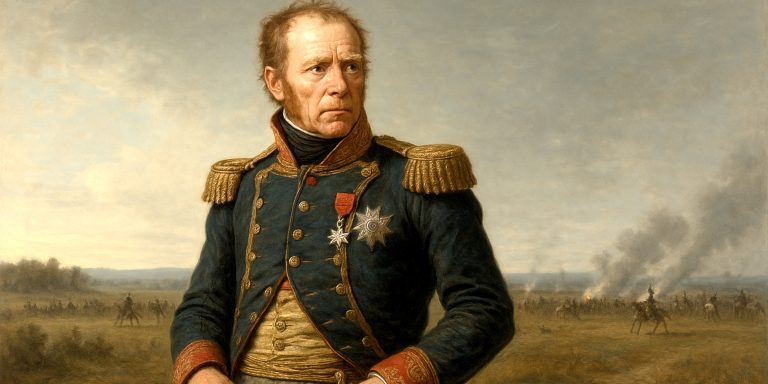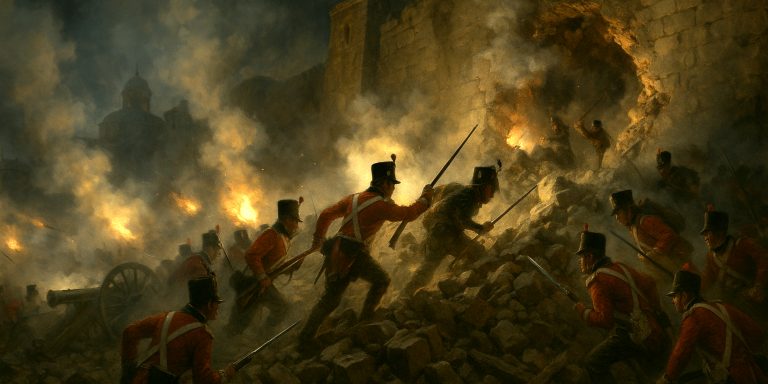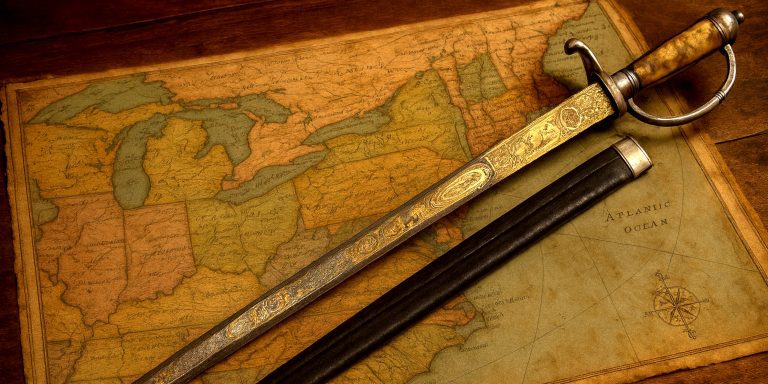
Heinrich Henckels was a German swordsmith and cutler based in Solingen, a city renowned for its centuries-long tradition of blade-making. His name is most strongly associated with the firm J.A. Henckels, which would later become one of the most recognisable producers of knives and cutting tools worldwide. While the bulk of Henckels’ legacy lies in cutlery, he was also involved in forging military blades during the 18th and 19th centuries, a period when Solingen blades were exported across Europe and beyond.
Historical Background
Henckels lived and worked in Solingen during a time when the city was a key manufacturing hub for edged weapons. The area had developed a reputation for producing high-quality blades as early as the 15th century. By the 1700s, Solingen smiths were supplying swords and sabres to various German states, foreign armies, and private buyers.
Heinrich Henckels was granted his blade smithing mark in 1731, a date which the company still uses as a foundation point. The “Zwilling” (twin) logo, which first appeared in 1731, is one of the oldest trademarks still in use today. While the modern Henckels firm focuses primarily on kitchen tools, its roots were firmly planted in the weapons trade, with swords, sabres, and daggers being forged for both functional and ceremonial use.
Types of Swords Produced
During Heinrich Henckels’ era, the firm produced several categories of edged weapons:
- Military Sabres – Curved blades used by cavalry units across various German principalities, often marked with the maker’s stamp on the ricasso.
- Infantry Swords – Straight, single-edged weapons used by foot soldiers, especially during the Napoleonic period.
- Court Swords – Decorative but serviceable smallswords worn by officers and noblemen for formal occasions.
- Hunting Swords (Hirschfänger) – Short, ornate blades traditionally used by nobility during hunts.
Examples of Henckels-marked blades can occasionally be found in museums or private collections, although many are unsigned or bear only the twin trademark, making direct attribution difficult.
Legacy and Later Developments
Henckels’ name became more commercially prominent after his death, when the business was further developed by successive generations. By the 19th century, the company had expanded its product line, shifting from military weaponry towards civilian cutlery and scissors as firearms reduced the battlefield role of the sword.
Nevertheless, early Henckels blades remain of interest to collectors. The swords are appreciated not only for their craftsmanship but for what they represent in the broader context of Solingen’s industrial and martial history.
Where to See Henckels Blades
While not always prominently displayed, swords attributed to the Henckels firm or bearing its early trademarks may be found in:
- Deutsches Klingenmuseum, Solingen – Holds a substantial collection of local blade-making history, including Henckels examples.
- Royal Armouries, Leeds – Occasionally exhibits Solingen-made swords in its European collections.
- Private Auctions – High-end militaria auctions may feature 18th and 19th-century sabres or dress swords stamped with the twin logo.
Collector Interest
Collectors of military antiques often value Henckels swords for their quality, age, and association with Solingen’s reputation. While many surviving examples are unsigned or poorly documented, swords bearing the twin mark and fitting the correct period style can command significant interest.
Key indicators of authenticity include:
- The Zwilling trademark stamped into the blade.
- Typical Solingen blade forms of the 18th century.
- Stylistic matches with other known Solingen makers.
The Seven Swords Takeaway
Heinrich Henckels stands as a representative figure from Solingen’s storied blade-making tradition. Though overshadowed today by the modern kitchen brand that bears his name, his early role in forging edged weapons for both military and civilian use speaks to a broader legacy rooted in craftsmanship, precision, and utility. While surviving swords attributed to him are rare, they offer a link to a time when Solingen’s steel travelled across battlefields and royal courts alike.



